The Samsung Galaxy S8 and S8 Plus provided arguably the best experience for most of 2017. This has left many folks clamoring to see how Samsung would follow up with the Galaxy S9 and S9 Plus.
There are a few features that could help the Galaxy S9 stand apart from the group in 2018, but that may not be enough this time around. We had some hands-on time with the devices, and we’re back to share our thoughts.
Design
When looking at the Galaxy S9 lineup from the front, it would be a bit difficult to tell whether these are actually the upgraded versions. The fun starts when you pick the device up and look at it from the rear.
This is because the Galaxy S8 marked such a drastic design change for Samsung’s lineup in recent years, that 2018 has turned into a “refinement” year of sorts. The gorgeous Infinity Display has returned, with the same 18.5:9 aspect ratio, and curved edges to help the device melt into your hands.
Turning it over to the back is where all the fun begins. The standard Galaxy S9 features a single 12MP sensor, but the Galaxy S9 offers a dual-camera system. Thanks to a new camera module, Samsung has listened to the consumer and rearranged the rear-mounted fingerprint scanner.
Instead of being awkwardly placed to the right, almost out of reach, the scanner is now oriented below the camera module on both devices. The heart rate monitor and LED flash are placed to the right of the main camera module, which sort of looks out of place.
Around the rest of the device, we see the return of the Bixby button, which is placed below the volume rocker, similar to the S8 lineup. On the bottom, we have a speaker/microphone, USB Type-C charging port, and 3.5mm headphone jack. In recent weeks we knew that the headphone jack would be returning, but there is always a chance that the headphone jack could be removed.
As for the design, the Galaxy S9 is definitely a refinement, but still feels a lot like its predecessor. Samsung sure knows how to produce a gorgeous device, and it stuck with the old adage “if it ain’t broke, don’t fix it”.
Camera
Since the overall design is practically the same as the Galaxy S8, Samsung turned its focus to the camera(s). The Galaxy S9 features a plain-jane 12MP sensor, but the star of the show is the Galaxy S9 Plus.
The larger device features dual-12MP sensors, although the secondary sensor features a variable aperture. This aperture mechanically adjusts between f/1.4 and f/2.5, allowing you to capture the right amount of light, regardless of your situation.
Obviously, this is an attempt to offer the best smartphone with low-light camera performance, and the Galaxy S9 Plus just might do the job. In our limited time with the device, we were able to take a few camera shots, and you can check those out below.
READ MORE: 38 Photos taken with the Samsung Galaxy S9 [GALLERY]
Super Slow-Mo
Keeping with the camera trend for a bit longer, in addition to featuring a mechanical aperture, the Galaxy S9 lineup has another trick up its sleeve. Both devices are capable of shooting “Super Slow-Mo” video at 960fps.
The way that this works is that you have a box in the frame (within the camera app), that can be moved around. Once the device recognizes that an object is passing through the focal point, it will then begin the Super Slow-Mo video in short bursts.
https://www.youtube.com/watch?v=z4LXuz3Mj-0
This turned out to be a pretty neat feature, but you will definitely need to make sure that the shot is properly framed. When testing this feature out, there were a few times where the video was activated before it was supposed to, simply because the shot wasn’t framed properly.
The addition of Super Slow Mo is something that will likely be seen as a novelty, however, it could become more popular. This is due to the fact that Samsung moved the position of the shooting mode to right next to “Auto”, as Samsung found that standard slow-mo was the second most popular camera mode on previous Samsung devices.
AR Emoji
Leading up Sunday’s big event, we saw some rumors claiming Samsung would be looking to take on Apple’s Animoji in some fashion. The rumors came true as we were introduced to AR Emoji, and there have been mixed feelings so far.
Luckily, I was able to play around with AR Emoji in my time with the Galaxy S9 and learned a few things. Before jumping right in, let me explain what AR Emoji is and how it works.
Chances are you have heard of Bitmoji at some point in time, and this is the same premise offered by AR Emoji. You create a little cartoon person resembling yourself, with the software doing all of the heavy lifting.
The difference here is that Bitmoji didn’t use a camera to determine how your emoji would look like. With AR Emoji, you use either the front or rear facing cameras and allow the device to analyze your face.
From there, you will see a little character appear on the screen, which is intended to at least resemble you. My AR Emoji kind of looked like me, but didn’t really match up with my facial features.
After the character has been created, you can customize different aspects, including hair style, color, glasses, and what type of clothes you wanted to wear. Once all of the boxes were checked, you were greeted with a personalized AR Emoji.
When creating this emoji, the Galaxy S9 would also create 18 different GIFs which could also be used as stickers. Then you can send these to your friends and family if things work smoothly.
What I mean by this is that my emoji didn’t exactly track my facial expressions properly, often making me grimace when all I was doing was smiling. Maybe it’s just because my smile is an awkward one, but the resulting AR Emoji was a bit terrifying.
This is going to be a cool gimmick to show off what the Galaxy S9 is capable of on the software side of things. But we will definitely be seeing more and more examples as Samsung pushes its advertising agenda over the next few months.
Here are some of the gifs created by AR Emoji by default:
Performance
As expected from a Samsung flagship, the Galaxy S9 and S9 Plus have flagship specs. This means that the latest Qualcomm Snapdragon 845 can be found powering the device, coupled with either 4GB or 6GB of RAM.
I have no doubt that this will be serviceable for many users for a few months, but the key for Samsung will be the software. Samsung is notorious for packing so many features into its devices that a slowdown is inevitable.
It’s highly doubtful that the move to Android Oreo will do much to help keep these flagships in tip-top shape. But then again, we’re are in the early days and have no data to really base much else off of at this time.
Conclusion
Am I excited for what the Galaxy S9 offers? Not exactly, but that’s not entirely Samsung’s fault. We are in an “off-year”, meaning that this is an incremental upgrade. We are also bound to see the same thing from other OEM’s over the course of the year.
That’s why Samsung put so much focus into the camera and adding even more gimmicks to the package. What really got me excited was the inclusion of the new Lilac Purple color variant.
This could sell like hotcakes when the Galaxy S9 launches and could be the fan favorite for 2018. Then again, the flagship Galaxy lineup always sells like hotcakes, so I’m sure we’ll begin seeing reports that the S9 is projected to outsell its predecessor.
Be sure to sound off in the comments below and let us know what you think about these devices and whether you’ll be picking one up for yourself.

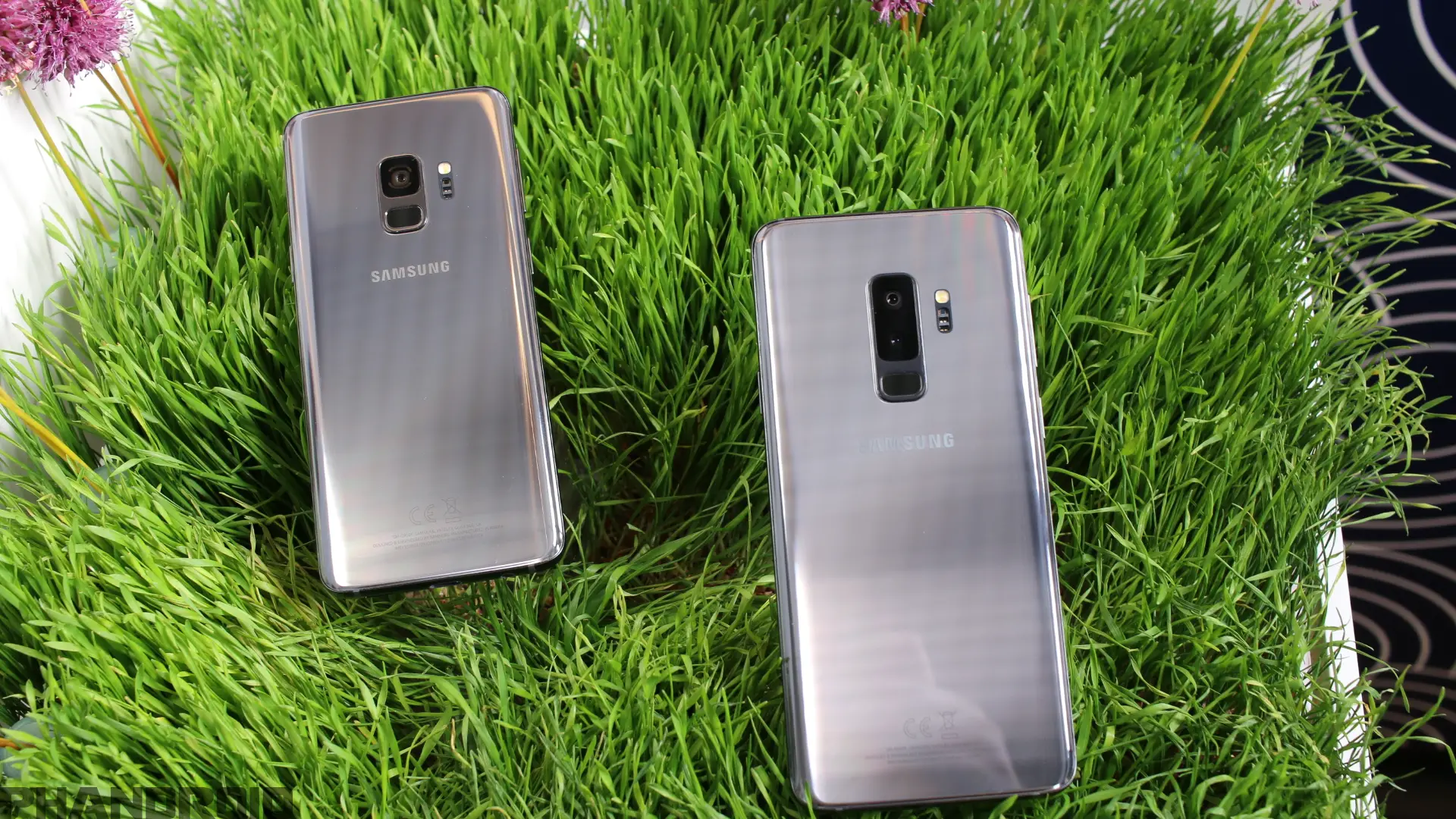

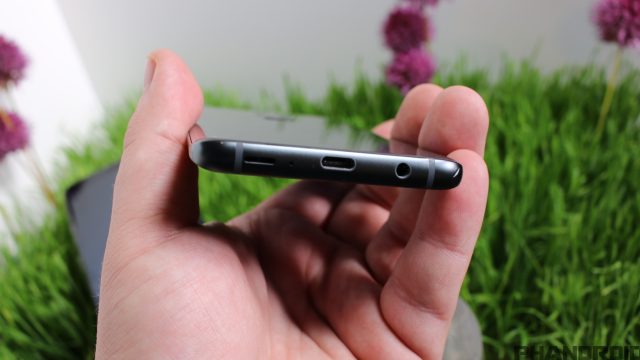
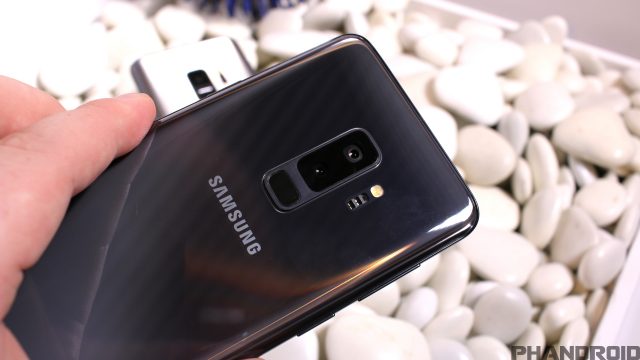
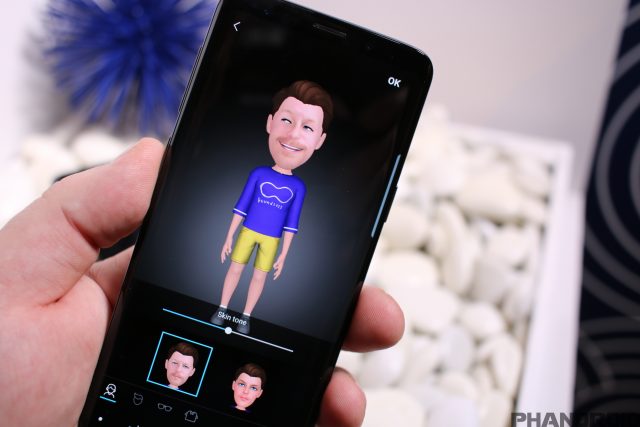








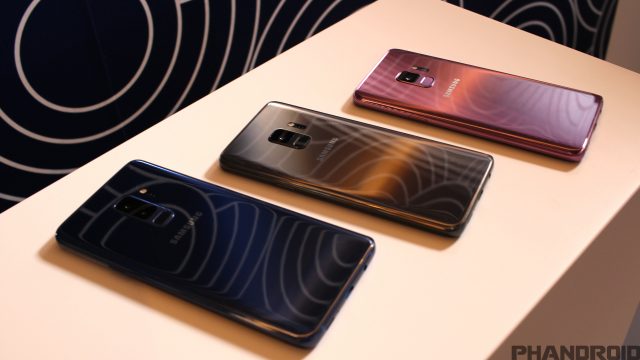

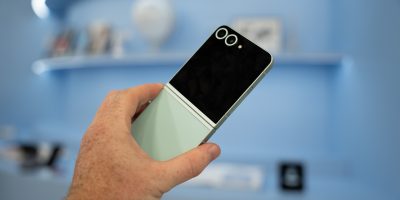








Comments